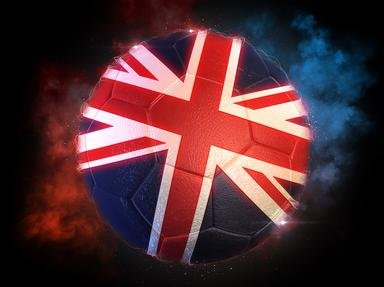
Dancing In The Streets Of Raith Quiz
Although naming football clubs after their location is usual, Scotland has a significant number that don't name their town or city. Can you match these clubs with where they call home?
A matching quiz
by Red_John.
Estimated time: 4 mins.
- Home
- »
- Quizzes
- »
- Sports Trivia
- »
- UK
- »
- Scotland